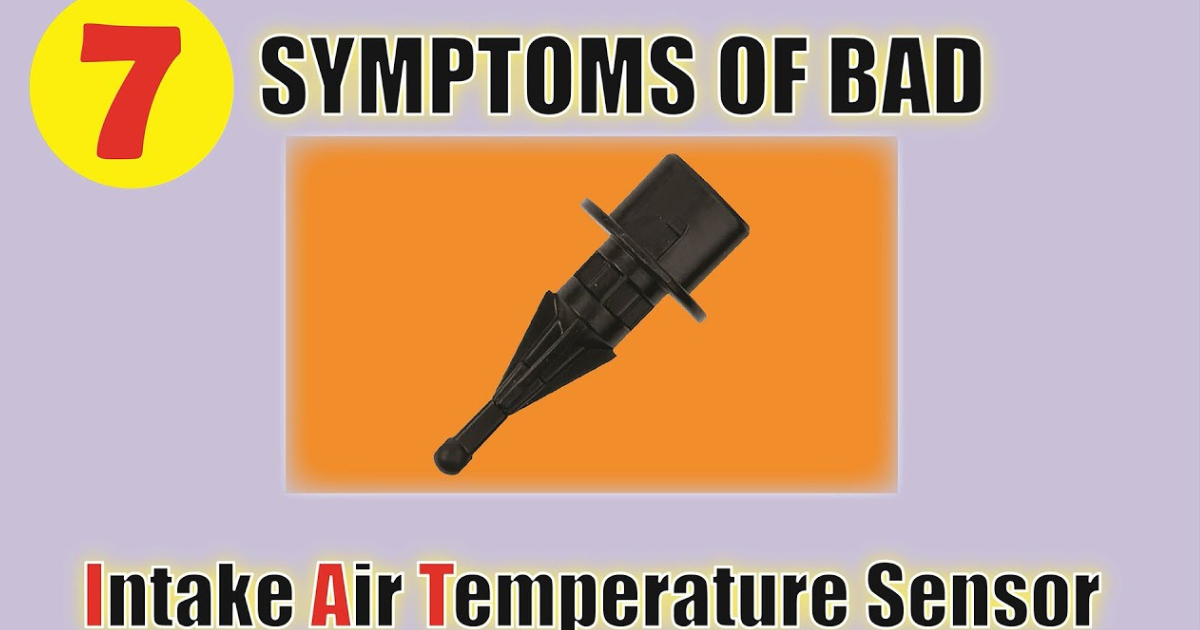Any car with an internal combustion engine can have a problem with an intake manifold seal that leaks.
The motor part that sends the mixture of air and fuel to the cylinders is called the intake manifold. Air and fuel can’t leak out of the intake manifold and into the engine bay because of the intake manifold cover. The gasket on the intake pipe also helps keep the coolant and oil from mixing with the fuel and air.
If your intake manifold gasket leaks, it could hurt your engine in a number of ways, based on the type and severity of the leak. If your intake manifold gasket is leaking, here are some of the most frequent signs:

Problems with the engine: If the intake manifold seal leaks, it can change the engine’s air-fuel ratio, making it run too rich or too lean. This could lead to less power, uneven acceleration, a rough idle, hesitancy, stopping, backfiring, or misfiring. A leaked intake manifold gasket can also make the engine knock or ping, which is a sound that means the fuel-air mixture in the cylinders is starting to burn too soon.
If the intake manifold seal leaks, coolant can leak into the intake manifold or the cylinders, or air can leak into the cooling system. This can happen whether the engine temperature is high or low. This could change the temperature of the engine and make it run too hot or too cold. When the engine gets too hot, it can damage parts and require expensive fixes. Running too cold can make the engine use more fuel and put out more pollution.
- White smoke coming from the exhaust: If the intake manifold seal leaks, coolant can get into the combustion chambers and burn with the fuel and air. White smoke may come out of the exhaust pipe because of this. This means that coolant is being lost, which could mean that the engine is damaged. White smoke coming from the exhaust can also mean that the head gasket has blown, which is a much bigger problem that needs to be fixed right away.
-Oil or coolant leaks: If the intake manifold gasket goes bad, oil or coolant can leak out of the engine bay. There may be marks from oil or coolant on the ground under your car, or you may see oil or coolant dripping from the engine. You may also see that your oil or coolant tanks are low. If you don’t fill them up, this can damage your engine. - Check engine light: If your intake manifold seal leaks, it can set off the check engine light on your dashboard. This light means that there is a problem with your engine or emission system. Many things can set off the check engine light, so you’ll need to use an OBD-II reader to read your car and find out the exact code and cause of the light.

If you see any of these signs, you should get your car checked out by a mechanic right away so they can figure out what’s wrong and fix it. If your intake manifold gasket leaks, it can hurt the efficiency, gas mileage, emissions, and dependability of your engine. If you don’t treat it, it can also lead to bigger problems.
How much it costs to replace an intake manifold gasket varies on the type of gasket, the type of car, and the work that needs to be done. The price usually falls between $200 and $600, but it can be very different based on where you live and other factors.

To keep your intake manifold gasket from leaking, you should take care of your car regularly and do what the maker says about tune-ups, oil changes, and coolant flushes. You should also keep your engine from getting too hot or driving it in harsh circumstances. Check your oil and coolant levels often and look for signs of leaks under your hood or in your car if you think there is one.
Any car with an internal combustion engine can have a problem with an intake manifold seal that leaks. You can fix this problem before it does more damage to your engine and your wallet if you know what the signs are and what causes them.




